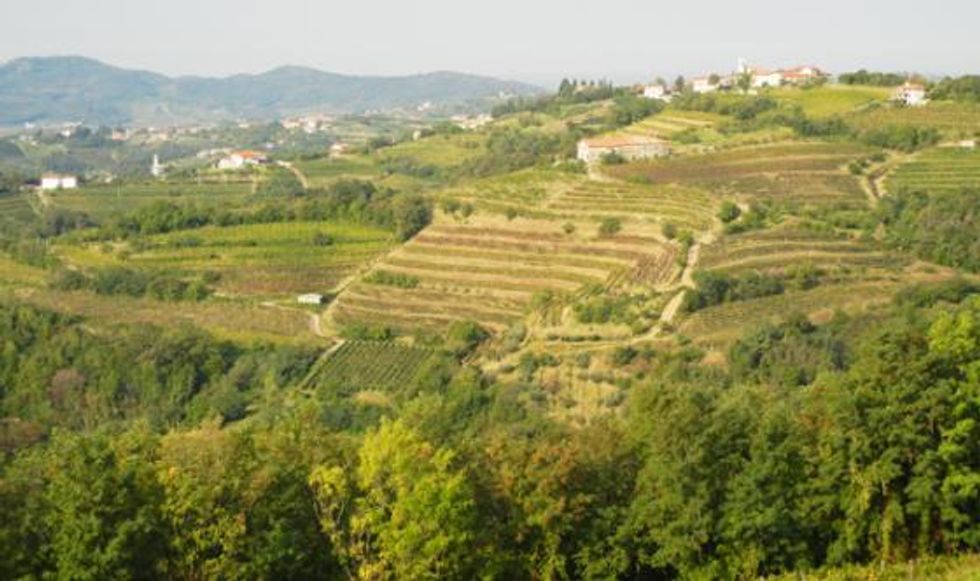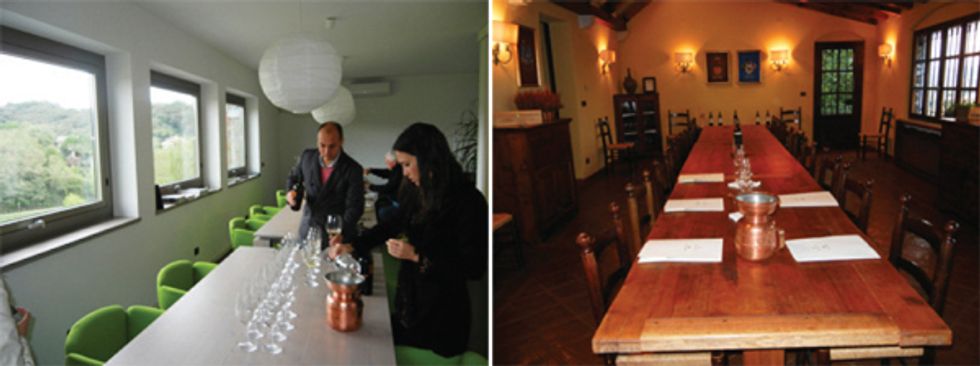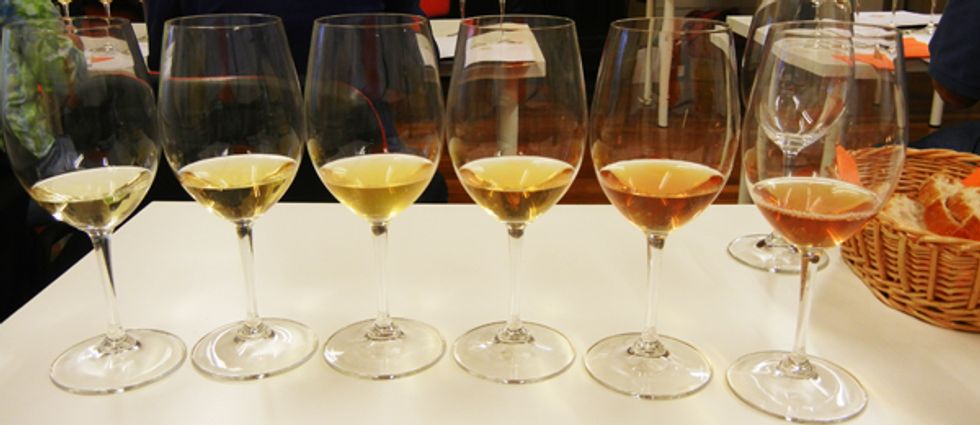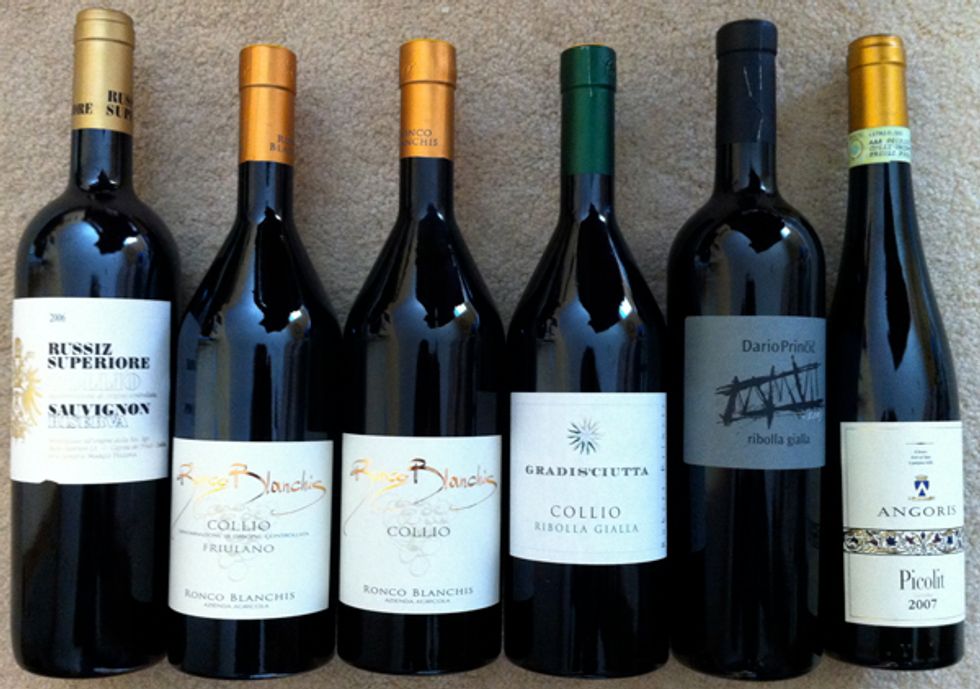There are few undiscovered wine regions left, especially in a country as well-traveled and famous for wine as Italy. But Collio, a stunning, low production wine region near Trieste and on the Italian-Slovenian border, remains hidden, despite making some of the best white wines in the world.
The Collio region looks strikingly similar to the wine country surrounding Santa Barbara with its Spanish tiled roofs and rolling hills covered with vines. But its history, its proximity to the Alps, a strong Austrian influence on menus and architecture along with a focus on white wine leave few other parallels to be found. This region was decimated by World War I battles, when over 50,000 soldiers were killed defending the nearby border. Despite the wars and destruction, the area's 2,500-year-old winemaking tradition survived and continues to flourish.
Wineries here have quaint tasting rooms and although none share the grandiose appearance expected in Napa or even Sonoma, many are new, classy (Zuani pictured below left), and balanced with historic homes (Russiz Superiore pictured below right), caves, ruins, and natural areas where you can sip the wines. A growing number of wineries also house comfortable and clean B&Bs where you’ll meet the family who makes the wines and be treated like guests of honor. My group stayed at Renato Keber, where the wines were stocked in the fridge, the family always nearby, and we were treated to freshly baked strudel and cappuccinos every morning.
You may be able to find a few wines from Collio at Italian restaurants with extensive wine lists or at wine shops that specialize in Italian wines like Biondivino in San Francisco; but for the most part these highly acclaimed wines, like the vineyards where they are made, remain under the radar. Unusual and native varietals like Malvasia Istriana and Ribolla Gialla, which are harvested, made, and often aged like red wine, are among the more famed wines in the region. Despite a common thread of terroir and the flavors associated with it, the interpretations and products from each winery are strikingly different.
All of the wines pictured above are Ribolla Gialla from Oslavia, an area in Collio that borders Slovenia so closely that you often cross from one country into the next without knowing it. The wines range from clean and crisp with light acidity and subtle flavor (much like a mineral-heavy Sauvignon Blanc) to flavors and textures of deep honey and fruit expressions often found in red wines.
Although the region is known for white wines, red wine lovers will find tasty options ranging from Merlot to Cab Franc. The diversity of tasty family-owned restaurants will make any epicurean happy. I enjoyed unique and intoxicating experiences at each of our 16 destinations in Collio so I won't pick favorites; for good measure, below are the few wines that I took the trouble to bring home in my suitcase (links below):
Russiz Superiore Sauvignon Reserva 2006
Ronco Blanchis Collio 2010
Ronco Blanchis Friulano 2010
Gradis'ciutta Ribolla Gialla 2010
Dario Pinicic Ribolla Gialla 2007
Angora Picolit 2007

























